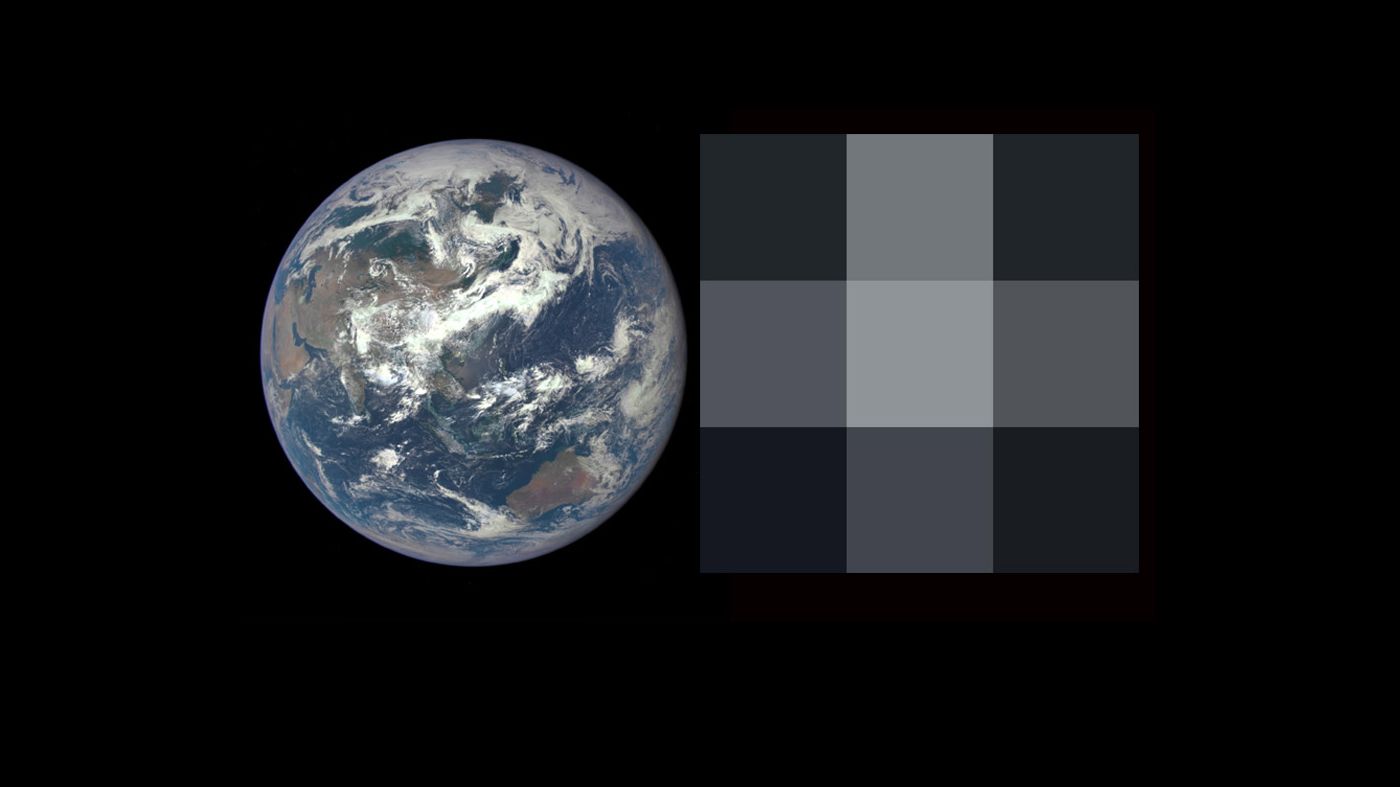
Being the lone intelligent life, so far, in the universe is a bit of a drag—but it also offers a huge opportunity. That's because Earth is an awfully easy planet for scientists to study, so they can use it as a sort of practice ground, treating it like a planet we've never visited to hone techniques before we bring them to exoplanets.
"The Earth will always be our best studied case of a habitable exoplanet," Stephen Kane, a planetary scientist at the University of California, Riverside, wrote during a Reddit AMA. "That means studying life on Earth directly feeds into our search for life elsewhere."
Right now, the easiest characteristic for astronomers to spot about an alien planet is whether it falls in what's nicknamed the habitable zone, the distance from a star where a planet is the right temperature to hold liquid water on its surface. But being in the habitable zone is not the same thing as being habitable, as Venus and Mars—in our sun's habitable zone but distinctly un-cozy—demonstrate.
Of course, there's nothing guaranteeing that alien life will actually look anything like life here on Earth—built from water and carbon and clearly visible on the planet's surface. But even just getting a sense of what might be happening on the surface relies on techniques scientists have pioneered for Earth studies.
"Before we go looking for life, we're trying to figure out what kinds of planets could have a climate that's conducive to life," Anthony del Genio, an Earth scientist at NASA's Goddard Institute for Space Studies, said in a press release. "We're using the same climate models that we use to project 21st century climate change on Earth to do simulations of specific exoplanets that have been discovered, and hypothetical ones.
Read more: Ross 128 b: Potentially Habitable Alien Planet is Hurtling Toward Us
That means taking the stunning photos a satellite called the Deep Space Climate Observatory takes of Earth, literal snapshots of our climate, and turning them into something that looks like the cruddy image that are the best we can get of exoplanets. Then, scientists can practice piecing together information about Earth, like how quickly it's spinning, from those alien-esque images—and know whether their predictions match reality.
If all goes smoothly, some scientists think they may be able to identify a strong candidate for an exoplanet with life on it within 20 years—although others say that's overly optimistic. But right now, experts from NASA and across the scientific community are gathering at a conference in Laramie, Wyoming, to share data and hypotheses about studying life on distant planets we may never visit—and on our own beloved Earth.
Uncommon Knowledge
Newsweek is committed to challenging conventional wisdom and finding connections in the search for common ground.
Newsweek is committed to challenging conventional wisdom and finding connections in the search for common ground.
About the writer
Meghan Bartels is a science journalist based in New York City who covers the science happening on the surface of ... Read more
To read how Newsweek uses AI as a newsroom tool, Click here.








